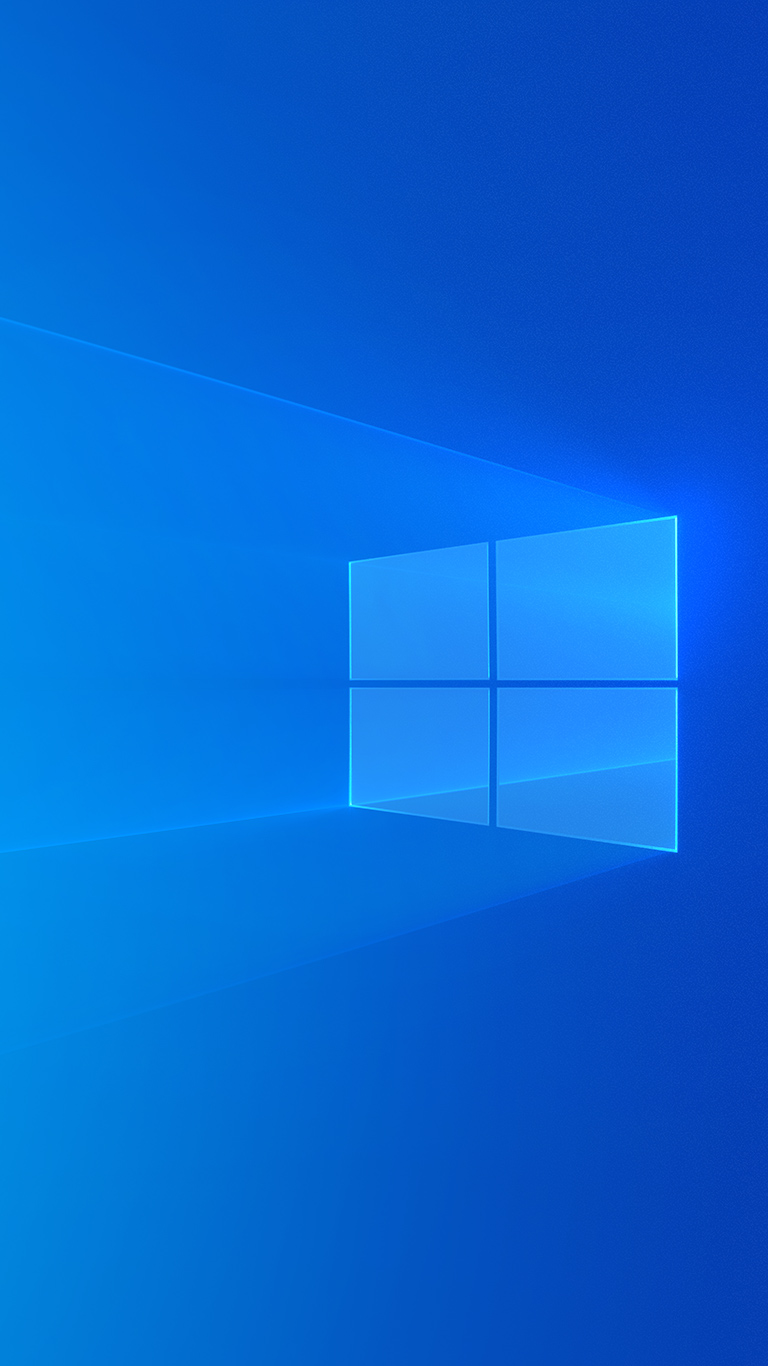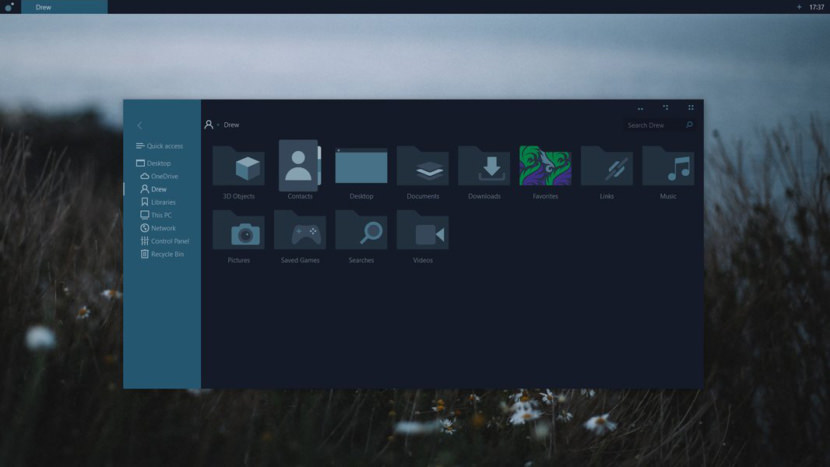
Select Windows Update, then click Run the troubleshooter.Select Troubleshooter in the left pane, and click Additional troubleshooters.Press the Windows key and I on the keyboard to open the Settings window.Below are the steps to run the Windows Updates troubleshooter:

Fix 2: Run Windows Updates troubleshooterĪnother quick fix that you can try is to let Windows diagnose the problem for you. If you’re still seeing the error message, try the next fix.

If you encounter any issues while using Reimage, feel free to contact their free support service. The repair is available with the paid version of Reimage which comes with a 60-day money-back guarantee. If Reimage detects any missing or broken system files or other issues that may have triggered the error message, you can click START REPAIR to fix them. Once the scan is complete, you can review the summary.Reimage will start a deep scan into your system. It specializes in fixing Windows errors with a large up-to-date database as the repair source. It is a professional system repair software that can diagnose your Windows problems and fix corrupted system files without affecting your data. You may need a more powerful tool to repair your system, and we recommend giving Reimage a try. That said, when your Windows Updates client isn’t functioning normally, sfc /scannow doesn’t help much. The bad news is that this tool depends on the Windows Updates client as the repair source.

In most cases, you can fix system files corruptions by running the system file checker tool (sfc /scannow). This error message could be triggered by corrupted system files.


 0 kommentar(er)
0 kommentar(er)
